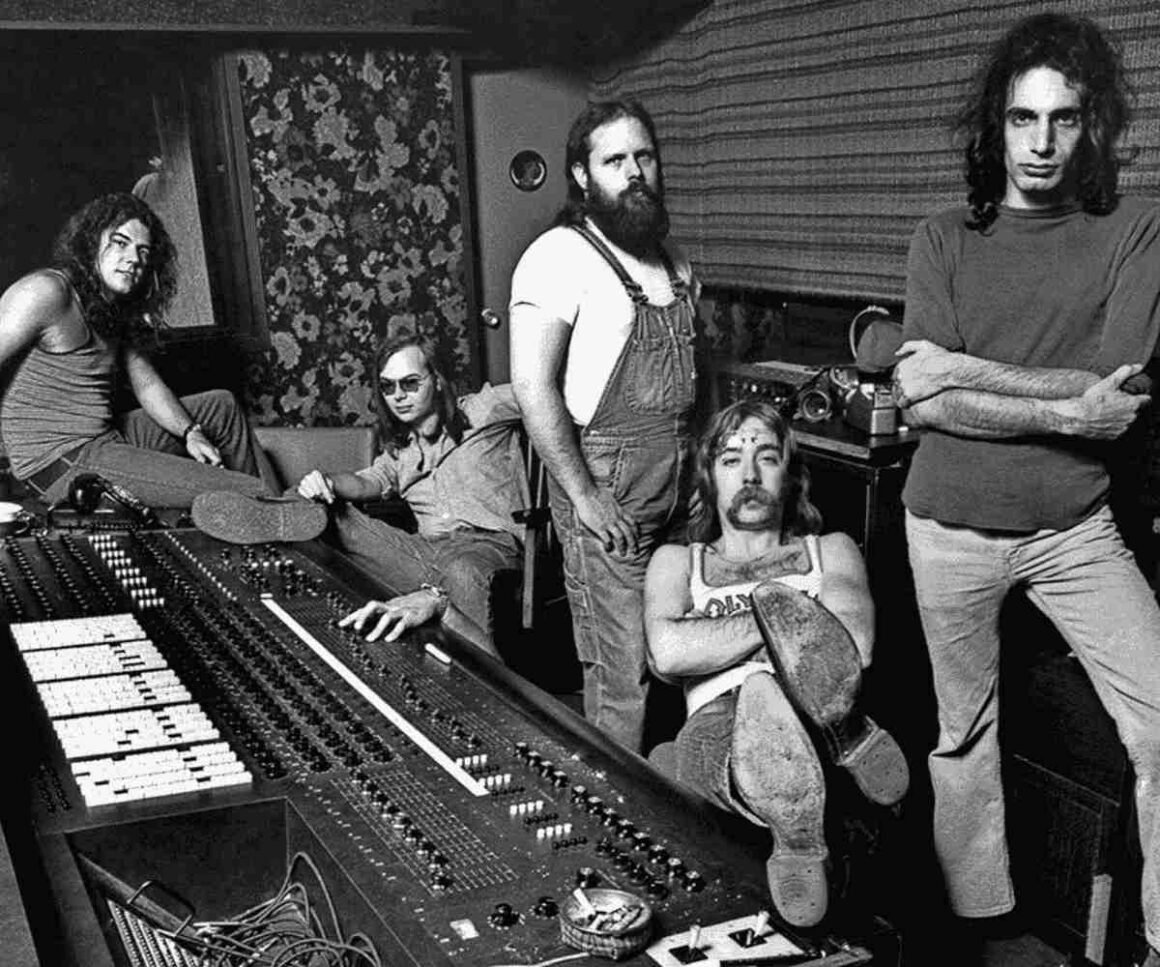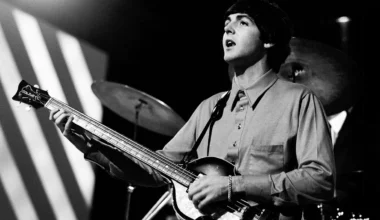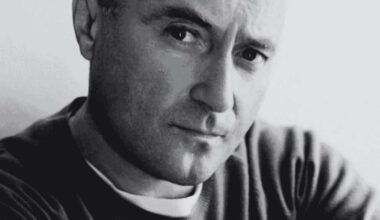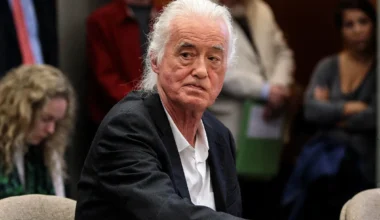In the 1970s, Steely Dan’s sophisticated jazz-pop often got a bad rap, but today’s listeners have embraced them for their intricate character sketches and irresistible hooks. Their 1975 record Katy Lied stands as a prime example of these traits, delivering their unique blend of jazz, rock, and pop across every track.
While it was the band’s fourth album—often a point where many artists start to hit a creative lull—Katy Lied was enriched by a surprising new collaborator who brought a fresh spark to Steely Dan’s sound: backing singer Michael McDonald.
Steely Dan, known for hiring and rotating a slew of top-notch session musicians, often wore out their guitarists with the demands of their complex compositions. During the tour for Countdown to Ecstasy in 1973, the band found themselves recruiting anyone with talent who could handle the relentless pace.
It was then that they discovered Michael McDonald, a lesser-known singer-songwriter but a huge fan of the band, who saw a dream opportunity. “I literally threw my piano in the back of my Pinto and drove down to where they were rehearsing and auditioned,” McDonald recalled to the Ventura County Star.
While McDonald’s keyboard skills were good, his vocal range truly captivated Steely Dan. Their distinctive layered harmonies were easy to achieve in the studio, but much harder to replicate live, making McDonald’s unique ability to hit high notes—what Donald Fagen referred to as being able to “sing like a girl”—the missing element they were searching for. His voice fit so well with Steely Dan’s style that Fagen and Walter Becker invited him to join the band full-time after the tour ended.
Juggling both Steely Dan and his new role with the Doobie Brothers (where he filled in for lead singer Tom Johnston) was challenging but ideal for McDonald, who was quickly building a legacy in rock. However, working in Steely Dan’s studio was as intense as promised. Fagen and Becker’s perfectionist approach and high expectations demanded his best, and he delivered on tracks like “Bad Sneakers” and “Rose Darling.”
Yet there was one song that proved too daunting: “Doctor Wu,” the closing track on side one of Katy Lied. The backing vocals were unusually demanding, requiring extended notes and long-held breaths. McDonald declined, admitting later that his lung capacity had taken a hit from a long-standing marijuana habit.
“I just couldn’t sing it all in one breath,” he confessed to Mojo.
“Doctor Wu” is a standout on Katy Lied, merging paranoia with catchy melodies while building the image of an unethical therapist who preys on his clients under the guise of offering help. Despite McDonald’s challenge with “Doctor Wu,” Fagen and Becker valued his contributions so much that they continued working with him for years, even inviting him back for their 2006 reunion tour.
Steely Dan’s high standards may have frustrated many of their collaborators, but Michael McDonald’s perseverance and talent became an indelible part of their musical story. And for those listeners rediscovering Katy Lied today, McDonald’s influence is unmistakable—a testament to his skill and to the undeniable, enduring magic of Steely Dan in their prime.








